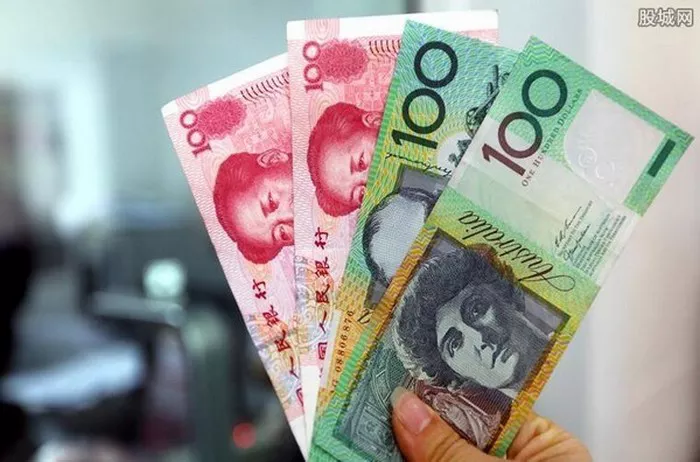The Australian dollar gained momentum on the RBA’s interest rate trajectory.
Consumer inflation expectations rose to 4.8% from 4.6% previously.
Despite improving U.S. economic data, the dollar remains defensive.
The Australian dollar (AUD) has recovered from recent losses, likely buoyed by rising inflation expectations among Australian consumers. The Melbourne Institute’s consumer inflation forecast for October is 4.8%, up slightly from 4.6% in September.
Data from Australia showed a slight rise in consumer expectations for inflation, which could be linked to rising oil prices. A spike in gasoline prices could affect consumers’ expectations for the future.
Additionally, AUD/USD is likely to strengthen as the likelihood of another interest rate hike from the Reserve Bank of Australia (RBA) increases.
The U.S. Dollar Index (DXY) is struggling around 105.70 at the time of writing as U.S. Treasury yields fall. Despite strong U.S. (US) economic data, particularly wholesale inflation, and the release of Federal Open Market Committee (FOMC) meeting minutes, the U.S. dollar (USD) continues to face challenges.
The U.S. dollar appears to be struggling as various factors offset positive economic signals. Speculation is rampant that the U.S. Federal Reserve may shelve the concept of raising interest rates. Dovish comments and neutral stances taken by key officials have fueled such speculation, adding uncertainty to the currency’s outlook.


